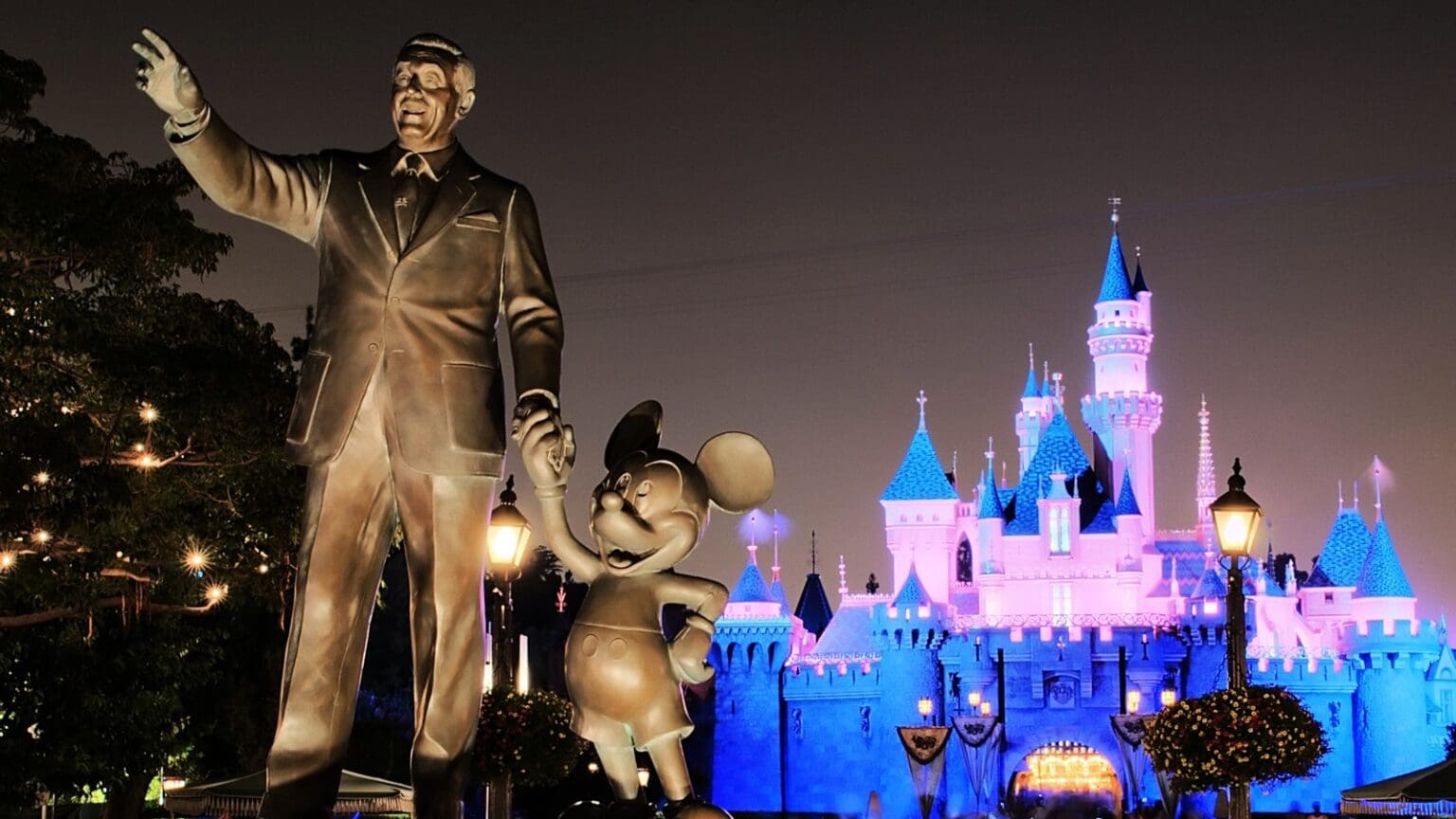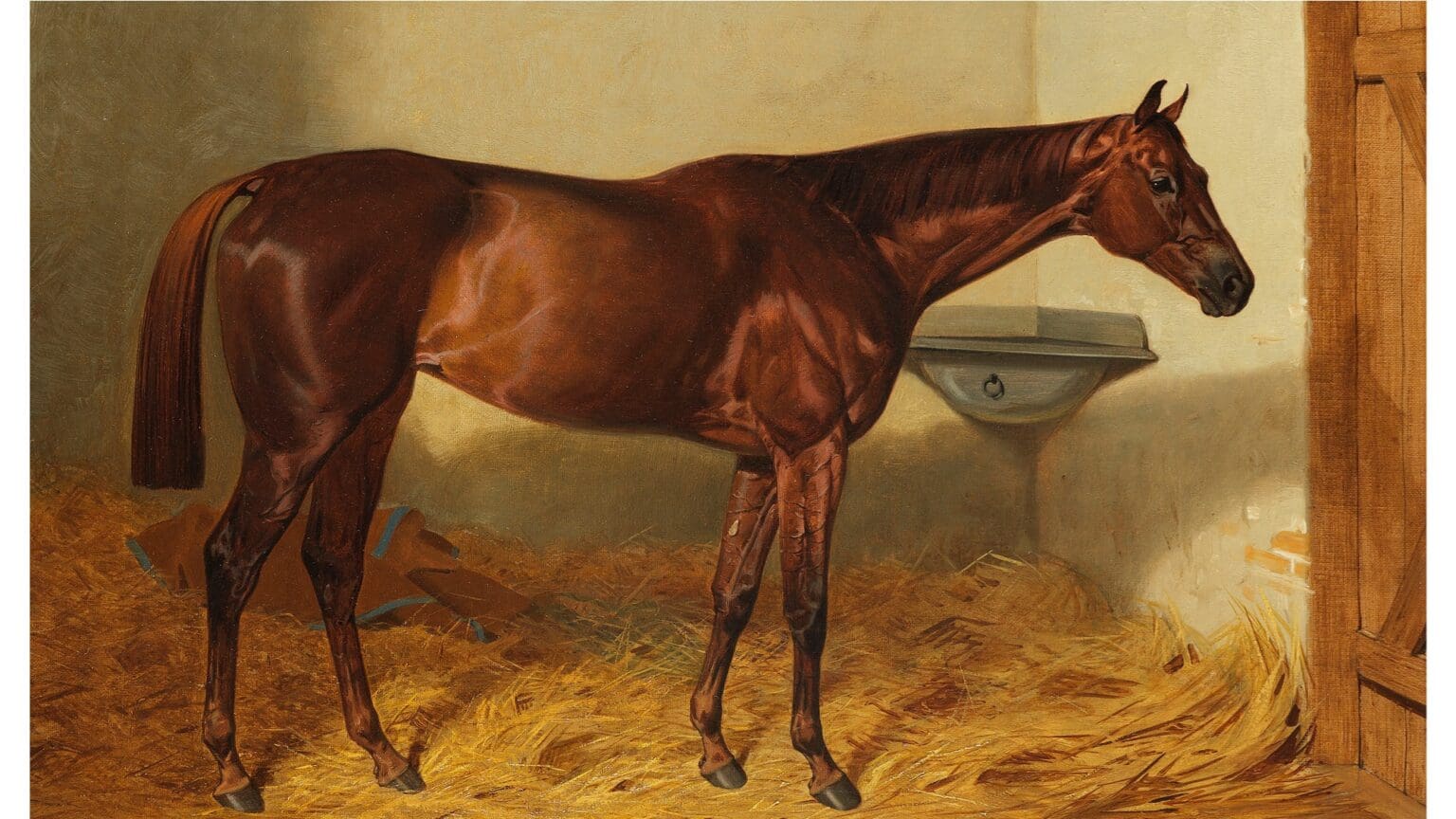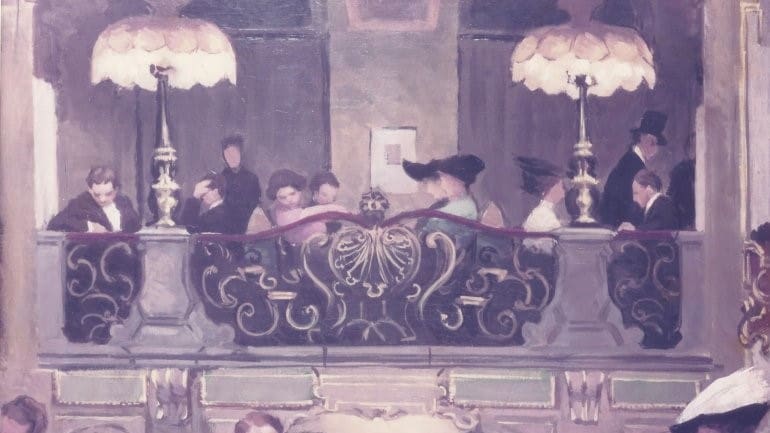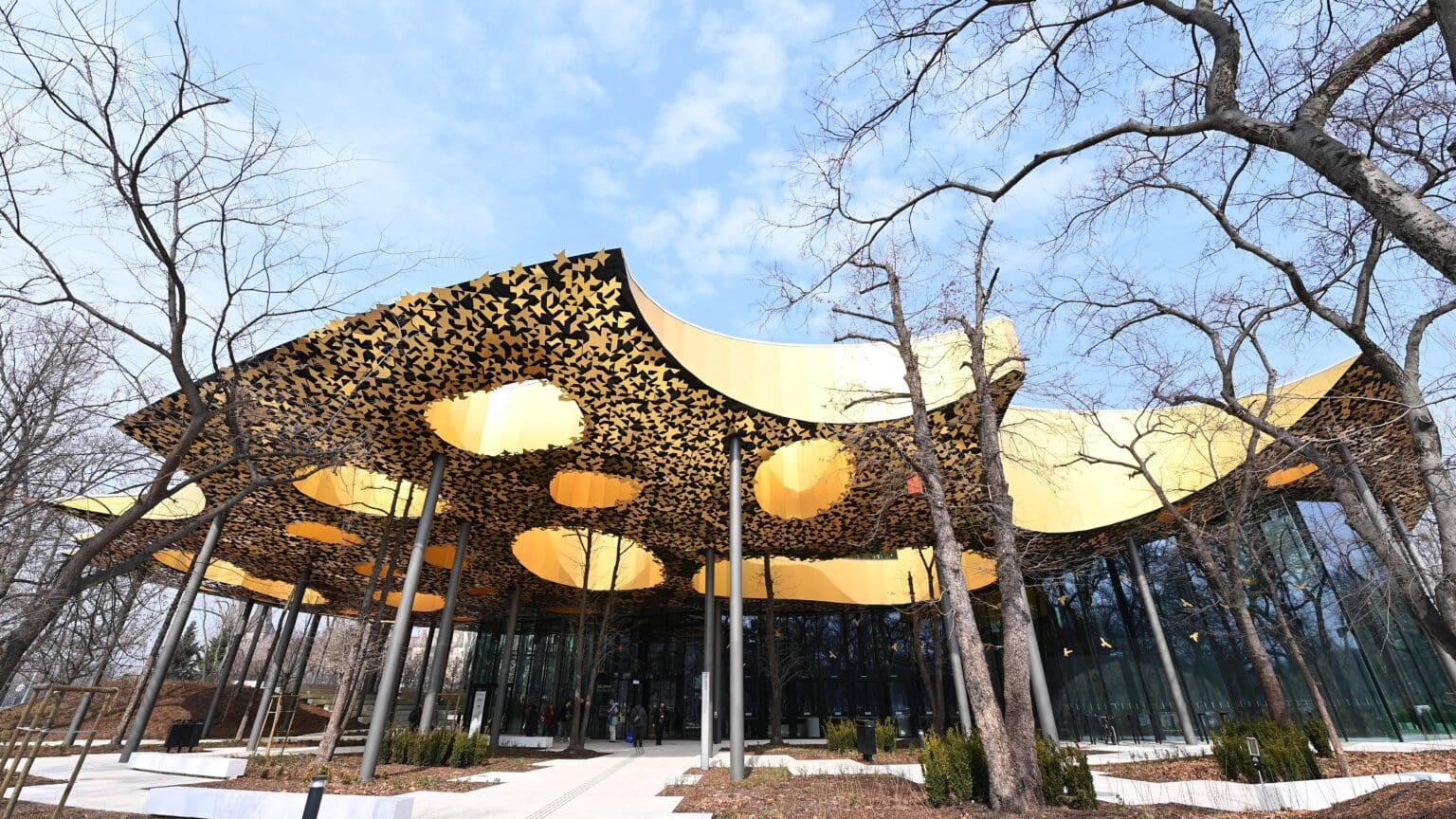Menu
Menu

Despite the surge in online streaming services, the study emphasizes, it is premature to underestimate the significance of films screened in theatres. In 2023, film distributors in Hungary reported a successful year with ticket revenues reaching nearly 22 billion forints and a total audience exceeding ten million. In Hungary, the study reveals that on an average Saturday evening between 8 and 10pm, over four million people tune in to television, with nearly three million supporting various musical talent shows.

The Hungarian Post issued its eleventh stamp series featuring motifs from the Chinese horoscope, celebrating the upcoming Year of the Dragon, which commences on 10 February.

Sándor Kereki took these intriguing photos as a teenager, and they remained unpublished for decades.
At a recent Rubicon Institute conference in Budapest, historians and Middle East experts attempted to shed light on the complexities of the Arab–Israeli conflict and its regional and international contexts.

The columnist argues that, despite the best efforts of the liberal elite in the media to convince them otherwise, Americans widely disapprove of President Biden’s economic and immigration policies, which he is confident will be enough to propel President Trump to victory in the autumn.

Representatives from Milan’s Spazio 38 showroom and the Polish Modivo, the Swiss Hay Hay brand, the owner of Athens’ Passion Alley boutique, as well as the founders of the White Milano trade show, attended the fashion shows, expressing interest in Hungarian brands.

Hungary will be playing Türkiye, Kosovo, Ireland, and Malta in preparation for Euro 2024 in Germany.

According to Tristan Azbej, the state secretary in charge of programmes aiding persecuted Christians, the fact that the Hungarian Embassy was the host of the opening of the major international conference is not only an opportunity but also recognition of the work carried out by the Hungarian government and Hungary in this field.

Professor András Gelencsér reminded that fossil fuel emissions have continuously increased since the Paris climate accord, except during the COVID period. Regarding the utilization of solar and wind energy, dependent on environmental conditions, Gelencsér stated that the world cannot function without stable electricity production, which requires the use of fossil raw materials or nuclear energy.

Perhaps the best-known and one of the most beautiful buildings in Ferenciek tere (Square of the Franciscans) in Budapest, the Párisi Passage, has been recently renovated and its original beauty restored. The history of the magnificent edifice dates back to the early 19th century.

Ferenc Deák, the primary facilitator of the Austro–Hungarian Compromise of 1867, the country’s first Minister of Justice, and the namesake of so many public spaces and institutions in Hungary today, passed away 148 years ago on this day.

In an effort to appease the masses and break the streak of box office failures, Disney decided to add CGI dwarfs in their upcoming Snow White film after originally replacing them with a diverse group of ‘magical creatures’.

‘We are nobody’s orderly,’ Hungarian House Speaker László Kövér stated in an interview with Index, addressing the question of the Hungarian ratification of Sweden’s NATO accession.

The objective of the initiative is to promote Hungarian films, foster audience engagement, and enhance the cultural and community life of rural settlements, as announced by the institute on Wednesday.

Kincsem won all 54 races she ran, a record that holds to this day. However, as a filly, she was never sold because of her plain looks—which ended up greatly benefitting her owner Ernő Blaskovich.

At the end of the opening worship service, participants collectively prayed for persecuted Christians. Since 2018, the opening day of the joint programme series of the Hungarian Catholic Bishops’ Conference and ECCH has also been designated as the Sunday for praying for persecuted Christians. The leaders of ECCH’s member churches participated in the liturgical service.

Jorgosz Lanthimos’s film Poor Things received 11 nominations, including Best Production Design. As the production designer of the film, Zsuzsa Mihalek, along with production designer James Price and Shona Heath, could potentially win the Oscar.

The American Conservative contributor Catesby Leigh wrote a lengthy article in the major American paper The Wall Street Journal, praising the beauty and majesty of the word-famous House of Parliament in Budapest.

‘There is something in our national anthem that makes it mean something important and inexplicable to every Hungarian. The hallmark of great pieces of art is that the reader or listener feels as if they express something very important that they cannot. As if they speak from their heart, expressing their innermost, most sincere desires and dreams. It is this mysterious quality that Hungarians feel when listening to the National Anthem: that it really comes from our hearts, it is our prayer, the prayer of every single Hungarian to the Creator.’

The Oeconomus Economic Research Foundation released an analysis regarding publishing and cultural institutions recovering after the pandemic on the occasion of the Day of Hungarian Culture.

The book is extremely valuable in many aspects, for instance because it sheds light on the complex structure of the Hungarian immigrant society as well as of those of the Hungarian minorities in Transylvania and Vojvodina, and historical episodes less known to readers in the Hungarian homeland, thus providing valuable insights for those involved in diaspora studies, not only for interested non-professional readers.

The ‘coffee house cult’ in Hungary started to take off in the 1800s. From that time onwards, they functioned as a community space, the main arena of cultural and political life, and a place where visitors could easily access all the information they needed and wanted.

January is the saddest month of the year for many: the holidays are over, but winter really begins only then—long, cold, and dark days one after the other. Let’s make sure we have something to look forward to in January: Magyar Krónika has collected some great activities to fill our grey days with light and colour.

The European Festival Awards serve as a platform to acknowledge and celebrate the outstanding contributions of festivals across Europe. From showcasing remarkable performances to fostering community engagement and promoting cultural diversity, these awards recognize the festivals that go above and beyond in creating memorable experiences for attendees.

In the statement, it was revealed that in a public vote by the renowned international newspaper, which boasts nearly 200 million readers worldwide, the Hungarian institution realized within the Liget Budapest Project joined the ranks of eminent landmarks such as the Roman amphitheatre in Spain, Hadrian’s Wall in England, or Kronborg Castle in Denmark.

‘The resilience and admirable community involvement of the Hungarian Americans showcased in this publication—by which they essentially became the guarantee of the persistence of the Hungarian-American community—can serve as an example, inspiration, and reassurance for us all,’ Ildikó Antal-Ferencz wrote in the author’s note for her book.

The Second Hungarian Army, during the autumn and winter of 1942, prepared to hold up the incoming Soviet offensive coming from the direction of Stalingrad. As the Germans lost the siege of the city in all but theory, it was practically sure that the Soviets would advance toward the River Don. Thus, the Hungarian troops were left to defend the bridgeheads from the Soviets, who outnumbered them seven to one.

Stefánsson commenced his literary career with poetry. He ventured into novel writing in the ’90s, gaining international success. In 2005, his work Summer Light, and Then Comes the Night earned him the Icelandic Literary Award, followed by the Per Olov Enquist Literary Award in 2011. His novel The Fish Have No Feet was nominated for the International Man Booker Prize in 2017, and in 2022, it received the French Prix du livre étranger for the best foreign-language book of the year.

‘In the capital city in particular, Ukrainians signal in a variety of small ways their desire to belong to the West. Kyiv could compete with any European capital when it comes to the number of EU flags seen on the streets. At European Square, not far from Maidan, in the middle of a roundabout the four-pointed star of NATO stands atop a metal pillar surrounded by a circle of Ukrainian and EU flags.’

The Budapest Central European Fashion Week (BCEFW) has become one of the most significant fashion events in the Central European region.

Hungarian Conservative is a quarterly magazine on contemporary political, philosophical and cultural issues from a conservative perspective.